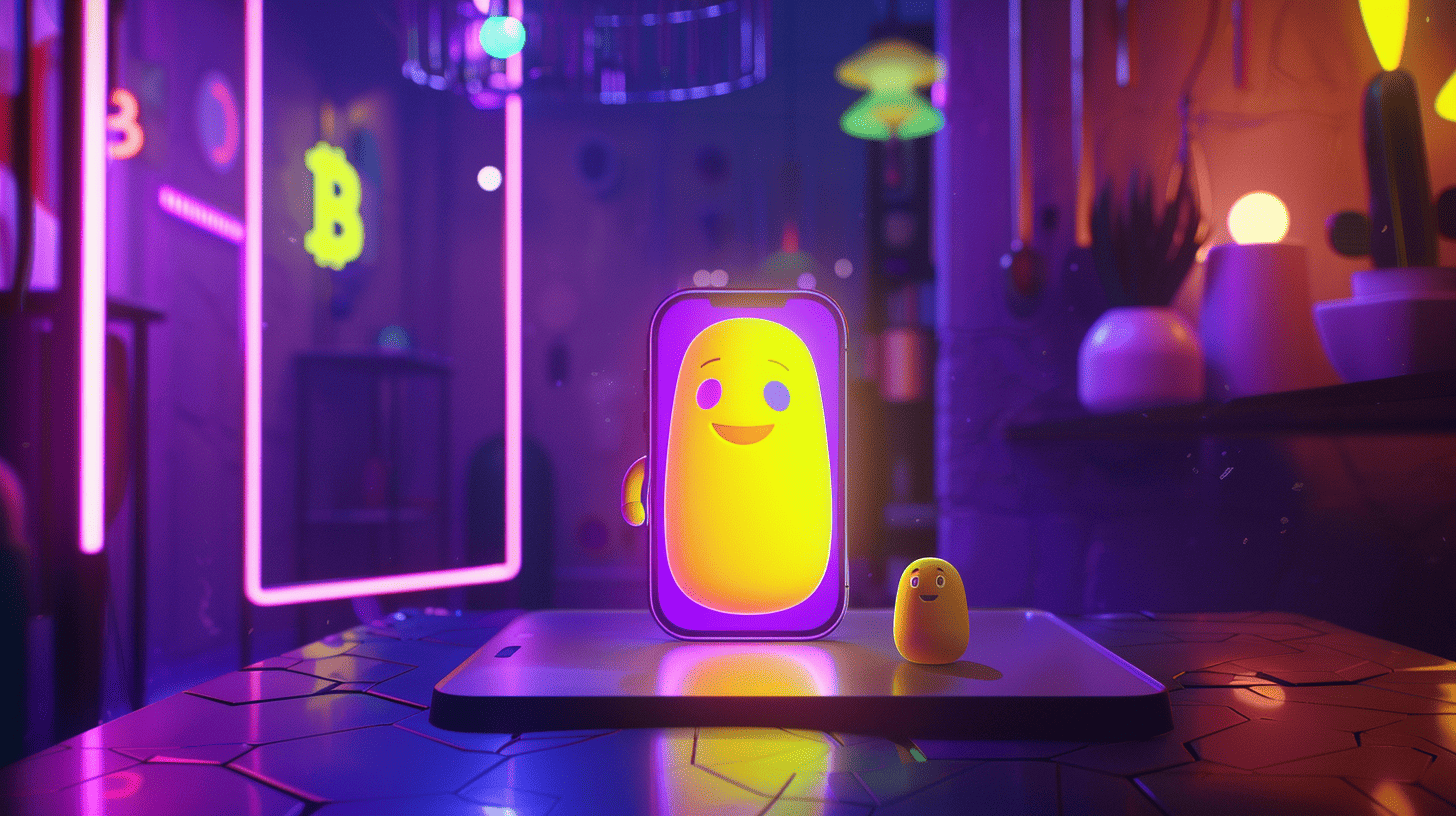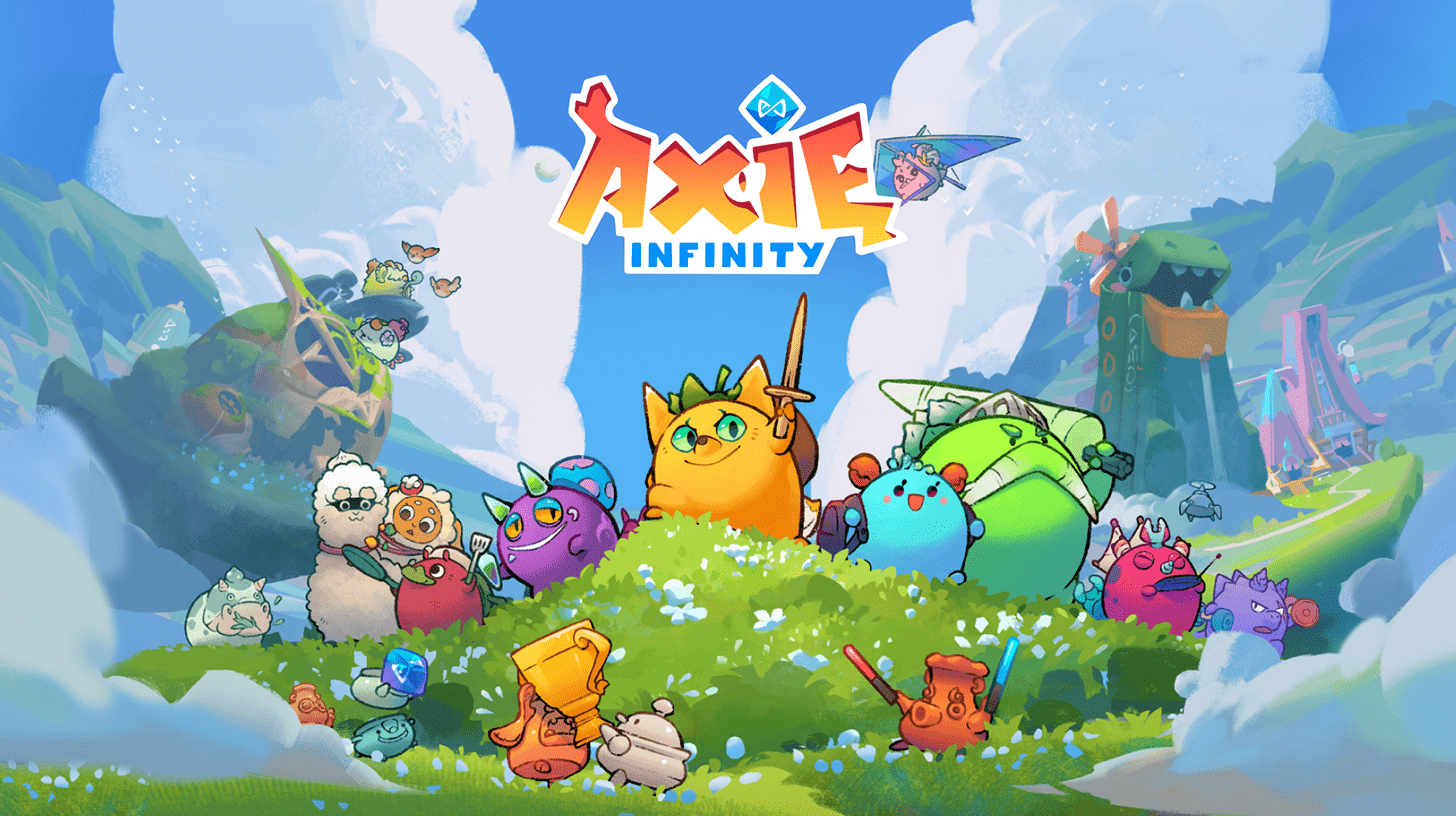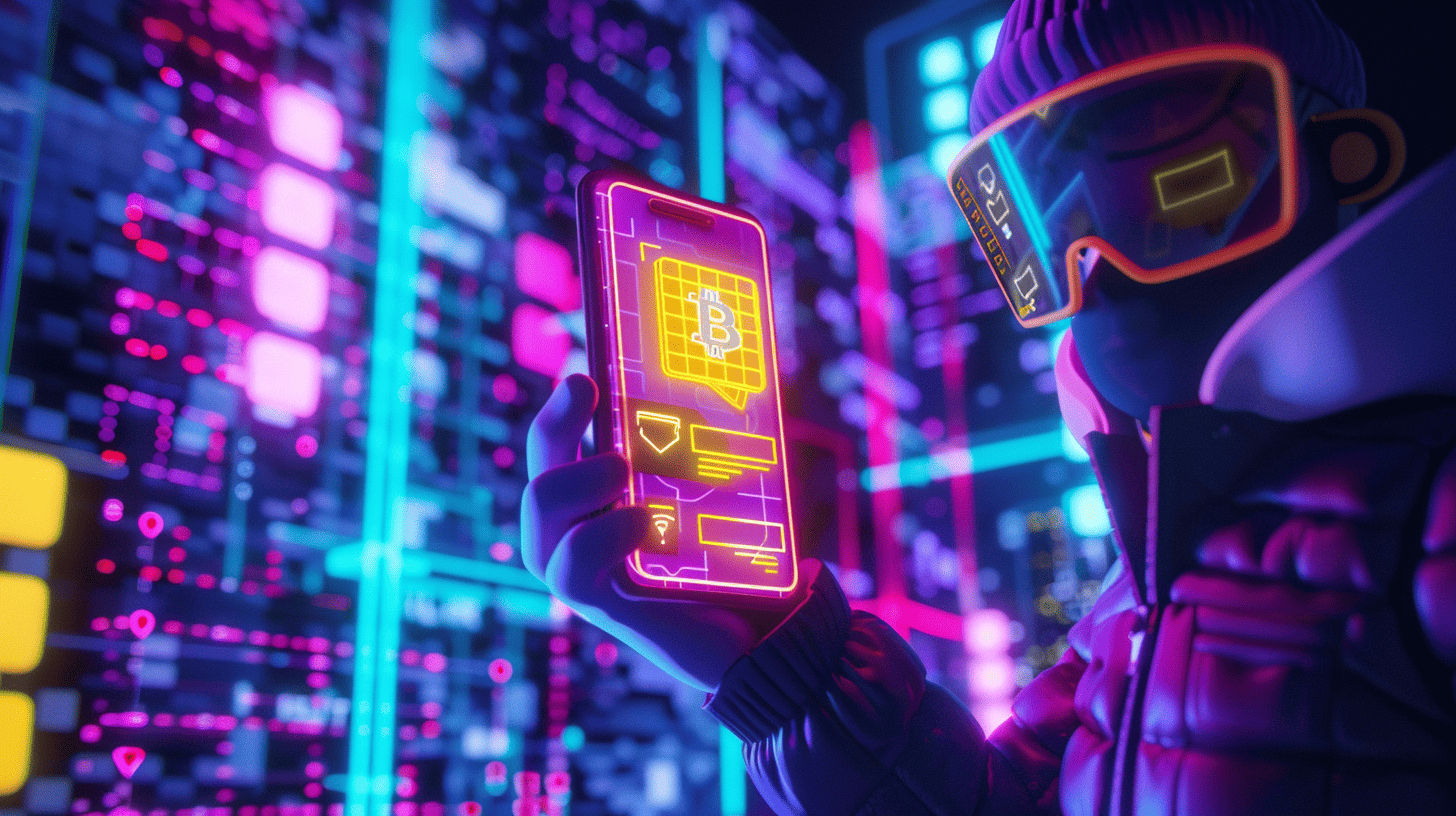How Gaming Tokens Work: Why Most Crypto Games Fail Without Them

Experts predict the blockchain gaming market will reach $65.7 billion by 2027, highlighting the growing role of gaming tokens in shaping virtual economies. Without strong token design, even the fastest-growing crypto games risk failure — making gaming tokens more critical than ever.
Gaming tokens act as the economic engines of crypto games, powering everything from gameplay rewards to governance systems. But it's not just about having a token — it’s about building it right. Tokenomics — the rules behind supply, utility, and demand — decides whether a game thrives or collapses. This guide explains why gaming tokens are essential and what separates successful projects from those that don't survive.
The Anatomy of Gaming Tokens in Crypto Ecosystems
Gaming tokens form the backbone of blockchain-based gaming economies. Unlike traditional cryptocurrencies used mainly for financial transactions, gaming tokens have specific roles inside virtual worlds — powering gameplay, ownership, and player interaction.
What Are Gaming Tokens and How Do They Work?
Gaming tokens are digital assets built on blockchain networks and designed for use inside gaming environments. Players use them to buy virtual items, unlock features, and participate in games.
There are two main types:
- Fungible tokens — interchangeable tokens like in-game currencies (similar to Bitcoin or Ethereum).
- Non-fungible tokens (NFTs) — unique digital assets that represent specific characters, skins, or collectibles.
The biggest difference from regular in-game currencies is ownership. Traditional games keep control over in-game assets, while blockchain-based gaming tokens belong fully to players, stored in personal wallets and traded freely on external marketplaces. This ownership gives tokens real-world value — not just in-game worth.

The Rise from In-Game Currencies to Blockchain Tokens
The shift from traditional in-game currencies to blockchain tokens marks a major change in how virtual economies work. Early online games like World of Warcraft and Diablo introduced asset systems where items held real in-game value. Players invested time and effort to collect rare gear, but ultimate control stayed with the game developers.
As secondary markets grew, players started trading virtual goods for real money. By 2019, the total value of assets listed on these markets reached $16.7 billion. In games like CS:GO, secondary market activity became three times bigger than in-game transactions.
Still, there was a major flaw: players never truly owned their digital assets. Developers could change, restrict, or delete items at any time.
Blockchain changed that. Now, gaming tokens and NFTs give players full ownership, stored securely in their personal wallets and tradable without centralized control. For the first time, virtual achievements turned into real, player-controlled assets.
Key Differences Between Utility, Governance, and Reward Tokens
Gaming tokens aren’t all the same — each type plays a unique role in shaping a game's economy and player experience.
-
Utility tokens give players access to in-game products and services. They act as currencies to buy items, upgrade characters, or unlock special features. For example, Decentraland’s MANA token lets users purchase land and monetize their creations inside the platform.
-
Governance tokens give players a voice in how games evolve. Holders can vote on important decisions like new features, partnerships, or budget allocations. Axie Infinity’s AXS token is a classic example, allowing players to influence the project’s future.
-
Reward tokens are earned through gameplay achievements, quests, or events. These tokens are the foundation of Play-to-Earn models, letting players turn their in-game efforts into real financial value.
Many successful crypto games use a dual-token system — separating gameplay rewards from governance and investment functions — to build stronger, more balanced economies.

Why Token Design Makes or Breaks Crypto Games
In crypto gaming, strong token design isn’t optional — it’s the key to survival.
Even exciting, well-built games can collapse if their tokenomics aren't sustainable.
The Play-to-Earn Fallacy: When Economic Models Collapse
Play-to-Earn (P2E) games exploded in popularity by promising players real income through gameplay. But many early models weren’t built to last. Instead of focusing on fun, they encouraged players to extract value, draining game economies over time.
In many cases, new players funded rewards for older ones — creating systems that resembled pyramid schemes. Without careful supply control and real in-game utility, inflation crushed token values and wrecked entire ecosystems.

Case Study: Axie Infinity’s SLP Hyperinflation Crisis
Axie Infinity’s economy unraveled when Smooth Love Potion (SLP) tokens flooded the market faster than players could burn or use them.
- SLP prices crashed by 93% from their all-time highs.
- The daily supply of SLP far outpaced demand, even after developers cut emissions by 56%.
By the time adjustments came, the ecosystem had already suffered major trust and value losses.
Token Velocity: The Hidden Threat
Another major problem is token velocity — how quickly players earn and sell tokens.
When players immediately cash out rewards instead of using them in the game, constant selling pressure drives token prices down.
Without strong token sinks (ways to spend tokens inside the game), even the best economies spiral into decline.
When Speculation Replaces Real Gameplay
Many crypto games launch tokens before they finish building real, engaging gameplay.
This attracts speculators chasing quick profits — not long-term players.
As a result, hype fades fast, and projects struggle to retain active communities.
Industry data shows that most Web3 gaming companies funded in 2021 failed to achieve real product-market fit — proof that speculation alone can't sustain success.

Building Sustainable Gaming Token Economies
Creating a lasting gaming economy requires more than just launching a token — it demands careful planning to balance supply, demand, and real player engagement.
Balancing Token Emission and Burn Mechanisms
A healthy economy controls how many tokens enter and leave circulation.
Successful games build burn mechanisms that permanently remove tokens, fighting inflation and supporting long-term value.
Some projects automate token burns based on price movements or block creation rates, while others release tokens in carefully planned phases to avoid oversupply.
Creating Real Utility Beyond Trading
Tokens need to do more than just exist for trading.
Players should use tokens to buy game items, unlock features, access events, or participate in game upgrades.
This creates token sinks — activities that naturally remove tokens from open circulation — keeping the economy active and healthy.
When players have real ways to spend tokens inside the game, they are less likely to dump them on secondary markets.
Implementing Effective Token Sinks
Good token economies build multiple ways for players to use or lock their tokens:
- Staking with lockup periods
- Special in-game purchases that consume tokens
- Governance participation tied to token holding
- Game banks or savings systems
Token sinks slow down circulation and stabilize ecosystems, especially during market volatility.
The Dual-Token Model: Separating Gameplay from Investment
Many successful projects now use a dual-token system.
One token focuses on gameplay activities (rewards and utility), while the second manages governance and long-term investment.
This separation allows developers to fine-tune each token’s role without damaging the overall balance — and it helps with regulatory clarity too.
The dual-token model creates stronger, more flexible economies where gameplay can thrive without being crushed by investment speculation.

Player Psychology and Token Engagement
Successful gaming token economies aren't just built on technology — they’re built around how real players think, feel, and behave.
Why Players Really Participate in Token Economies
Gaming tokens tap into basic reward systems in the brain.
Research shows that earning unexpected rewards — like tokens for achievements — activates dopamine pathways and creates strong emotional responses.
This natural reaction keeps players engaged longer than predictable, fixed rewards.
In short, players stick around not just for the rewards, but because the experience feels exciting and satisfying.
Balancing Intrinsic and Extrinsic Motivation
Maintaining player interest means balancing two types of motivation:
- Intrinsic motivation — playing for enjoyment, exploration, and creativity.
- Extrinsic motivation — playing for external rewards like earning tokens.
If a game relies too much on external rewards, it risks losing players once token prices drop.
Strong games combine both — offering meaningful gameplay that players enjoy even without financial incentives.
Community Ownership vs. Speculative Interest
Giving players real ownership — through governance tokens and voting rights — builds deeper loyalty.
When players help shape a game’s future, they feel emotionally and financially invested.
Speculation-driven players, by contrast, are quick to abandon projects when prices fall.
Research shows that speculative gaming behavior often matches patterns seen in gambling — high-risk, impulsive, and unstable.
For sustainable growth, crypto games must design token economies that reward real engagement, not just financial speculation.

Conclusion
Gaming tokens are the foundation of blockchain gaming success — or failure.
Projects that survive and grow are the ones that understand token design isn’t just technical — it’s economic, psychological, and community-driven.
Strong gaming economies balance supply with real in-game utility.
They build token sinks, use dual-token models to separate gameplay and investment, and focus on player ownership instead of pure speculation.
Player psychology plays a critical role.
Games that combine external rewards (like tokens) with true intrinsic enjoyment create stronger, longer-lasting communities.
Simply handing out tokens without meaningful gameplay isn't enough — and projects that ignore this lesson often collapse when hype fades.
The future of blockchain gaming belongs to teams that prioritize stable tokenomics, real utility, and player-driven ecosystems — not just early profits.
Those who master this balance will lead the next wave of growth as crypto gaming matures.
